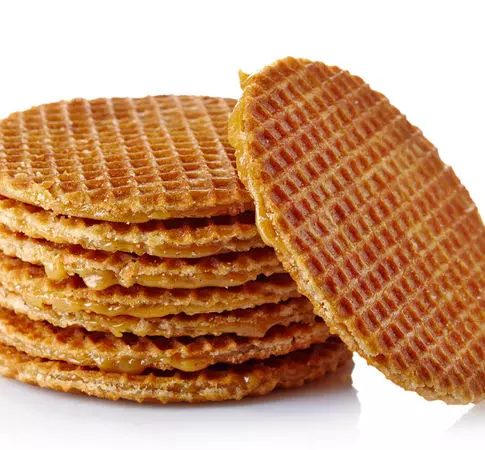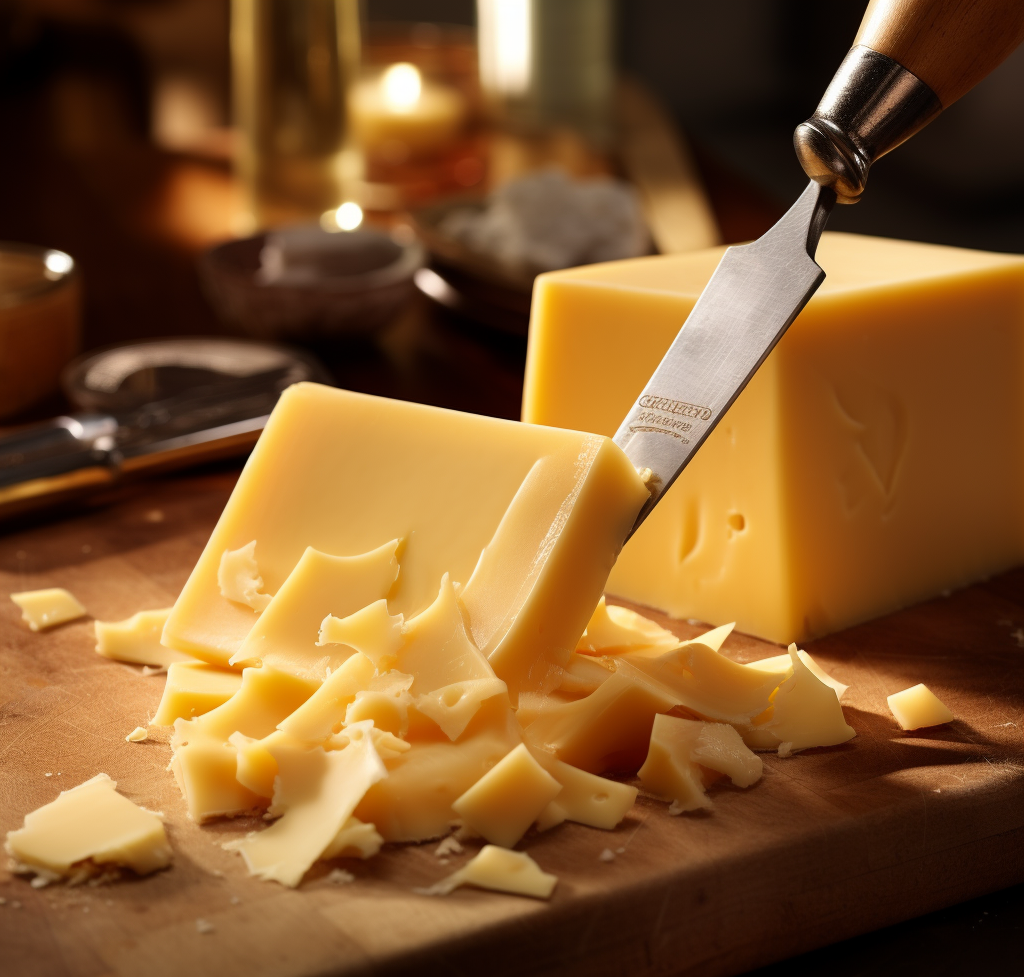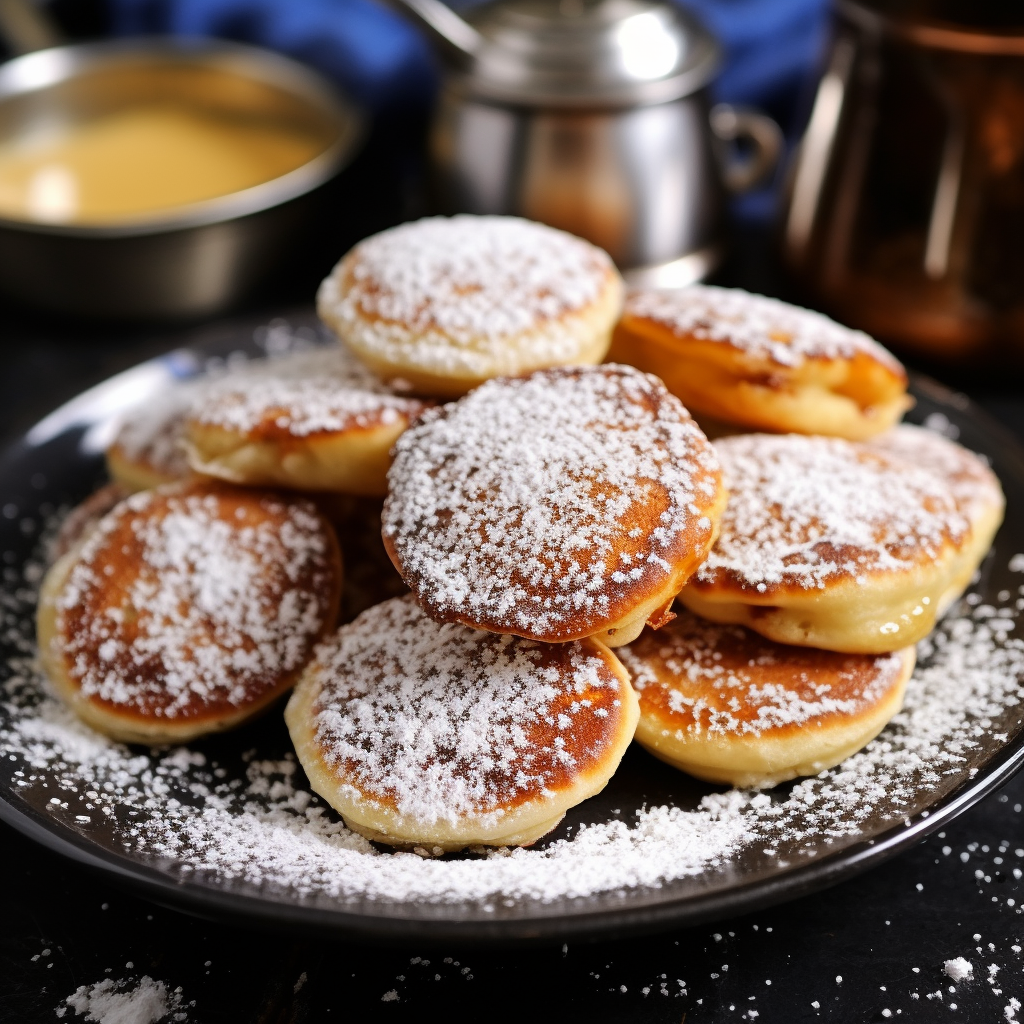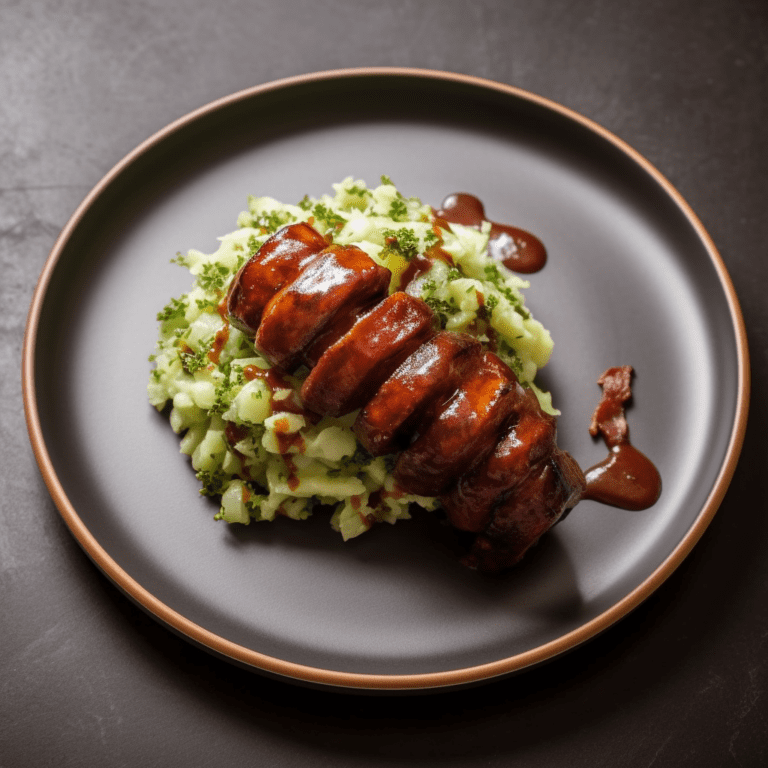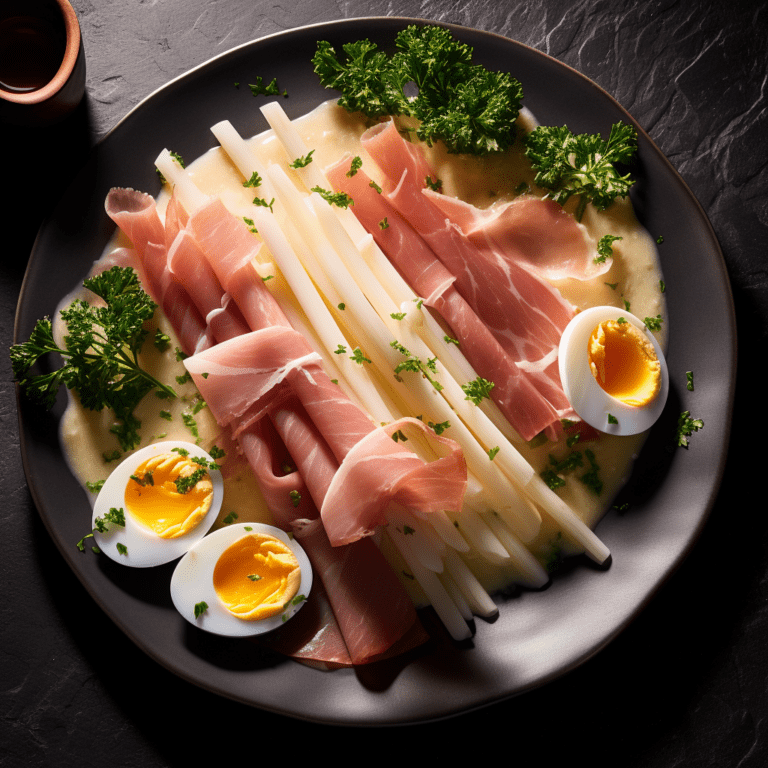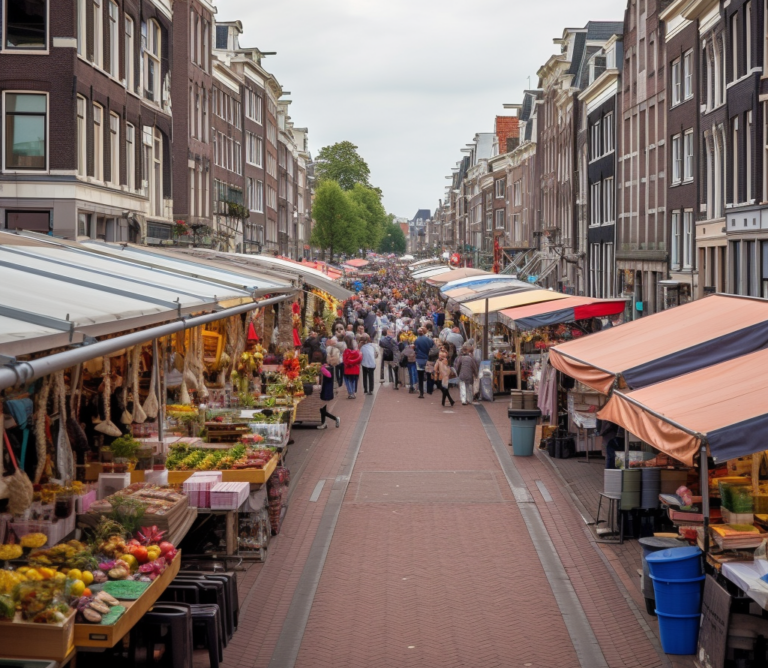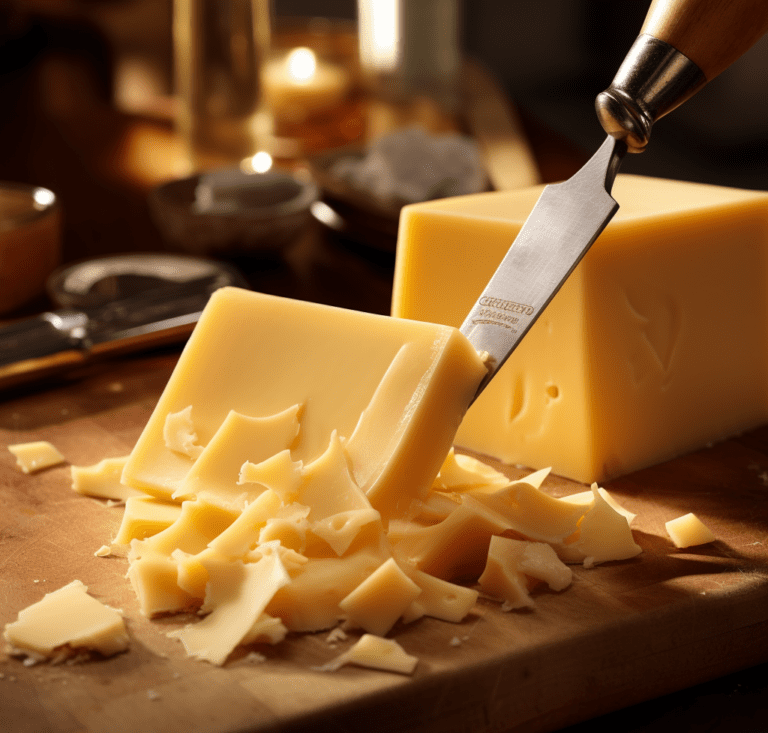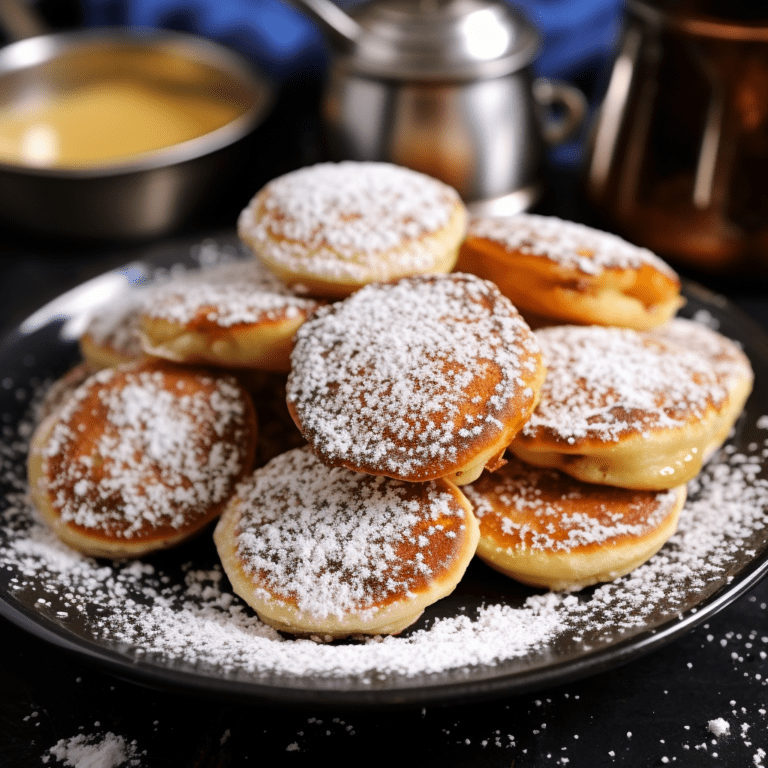Stroopwafels
Dutch stroopwafels are a beloved culinary delight originating from the Netherlands. These delicious treats consist of two thin, round waffles with a layer of sweet, sticky syrup sandwiched in between. Stroopwafels have a unique texture and taste that sets them apart from other waffles around the world.
The history of stroopwafels can be traced back to the late 18th century in the town of Gouda, known for its rich dairy industry. It is believed that a baker in Gouda came up with the idea of combining leftover crumbs from cookie dough with caramel syrup, creating the first iteration of the stroopwafel. Over time, the popularity of these delectable treats spread throughout the country and eventually beyond Dutch borders.
What makes stroopwafels distinct is their thin, crisp exterior and chewy, caramel-filled center. The waffles are made from a dough consisting of flour, butter, sugar, eggs, and a touch of cinnamon for added flavor. The dough is pressed into a specially designed waffle iron, resulting in perfectly round waffle discs with a pattern of shallow indentations.
Once the waffles are baked to a golden brown, they are carefully sliced in half horizontally while still warm. A generous amount of homemade caramel syrup, made from a mixture of sugar, butter, and syrup, is spread onto one of the waffle halves. The other half is then placed on top, creating the iconic stroopwafel sandwich.
Stroopwafels are best enjoyed when the syrup filling is warm and gooey. Traditionally, they are placed on top of a cup of hot coffee or tea, allowing the steam to soften the syrup and enhance the flavors. This delightful combination of textures and tastes—crispy waffle, chewy caramel, and hint of cinnamon—makes stroopwafels a true indulgence.
While stroopwafels are a beloved treat in the Netherlands, their popularity has spread worldwide. Today, they can be found in bakeries, specialty shops, and even supermarkets in various countries. Stroopwafels have also inspired creative variations, such as chocolate-dipped or flavored syrups, catering to different taste preferences.
In the Netherlands, stroopwafels hold a special place in the hearts of locals and are enjoyed on various occasions. They are a popular snack with a cup of coffee, a staple at Dutch markets, and even a favored treat during festive seasons like Christmas and New Year.
The Dutch take pride in their stroopwafels, and the quality of the ingredients used is paramount. Many artisanal bakers continue to make stroopwafels by hand, following traditional recipes and techniques passed down through generations. This commitment to craftsmanship ensures that each stroopwafel is a delightful masterpiece.
What is the best stroopwafel in Amsterdam
If you’re on the hunt for the finest Stroopwafels in Amsterdam, you’re in for a delicious journey. To help you choose the perfect one, we’ve compared two outstanding options: one at the bustling Albert Cuyp market and the other at a charming French pastry shop in de Spuistraat. Can these seemingly simple treats really vary in taste? Absolutely! Even with just a few basic ingredients like butter and sugar, the balance is key. Let’s dive in.
Rudi’s
Rudi’s stroopwafels is a well known name that operates since 1978 and can be found almost daily on the Albert Cupy market and is a popular location for a sweet snack that goes well with a walk over the market and some coffee. Due to the high rating and reviews Rudi is easy to recognize because of the cue management they have installed in front of their food truck. A selection of pre-packed stroopwafels can be found but the choice will usually be between the original stroopwafel and the chocolate stroopwafel which is for 50% covered with chocolate. While waiting in line, you’ll enjoy lively market banter and friendly staff who are genuinely interested in your visit. The stroopwafels are baked in the waffle maker, cut in two pieces and spread with hot (very hot!) liquid caramel. The tip to hold the stroopwafel flat in your hand is valuable as the caramel can drip to the bottom and out of the waffle.
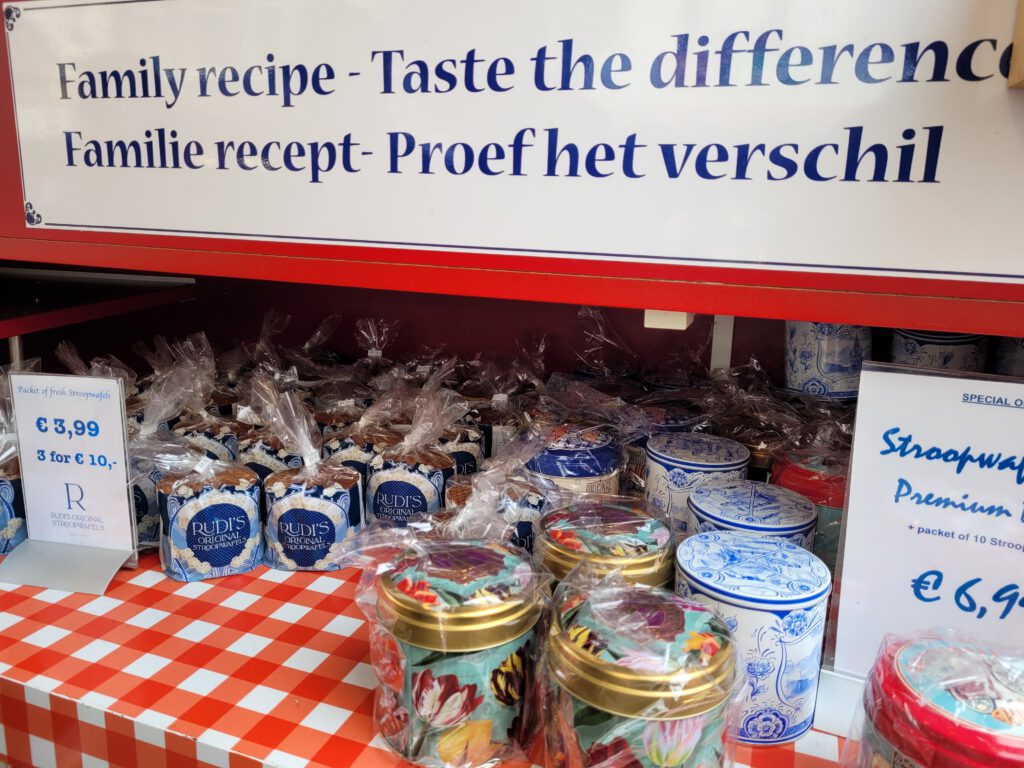
This waffle is a beautiful piece of original and traditional methods, it is not too sweet and not ruined by cinnamon, which is often added generously for a distinct smell. It shows the handmade imperfection, some darker tones on the waffle and some typical edges on the side. The stroopwafel is served on a napkin which will probably start sticking to your stroopwafel when eating it.
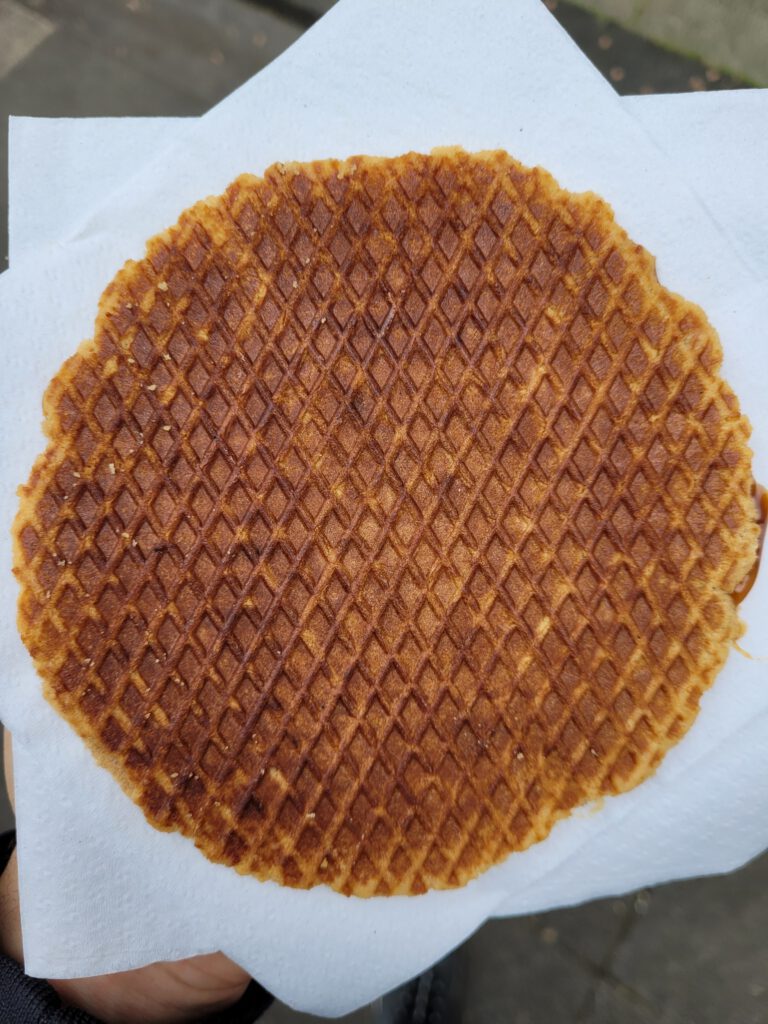
Without a doubt, this will be one of the best stroopwafels you will ever eat, and is absolutely worth a try when you are visiting the Albert Cuyp market, but can it be considered the best stroopwafel you will find in Amsterdam?
Croissanterie Egstorf
Croissanteri Egstorf van be found in Spuistraat in the center of Amsterdam. It shares the neighborhood with Stapele cookies, one of the most famous cholate cookiestores of Amsterdam. Croissanterie Egstorf is not a pure player, it offers a broader variety of products such as croissants and bread but you can tell that stroopwafels have a dominant share in their operation. Also here queue management has been installed. Once you are lucky to move inside you see that this place is something else. A true old fashioned bakery with tiles showing the rich history this bakery has that goes back to 1898. Curious if these 80 years difference add to the taste a comparison is about to begin.
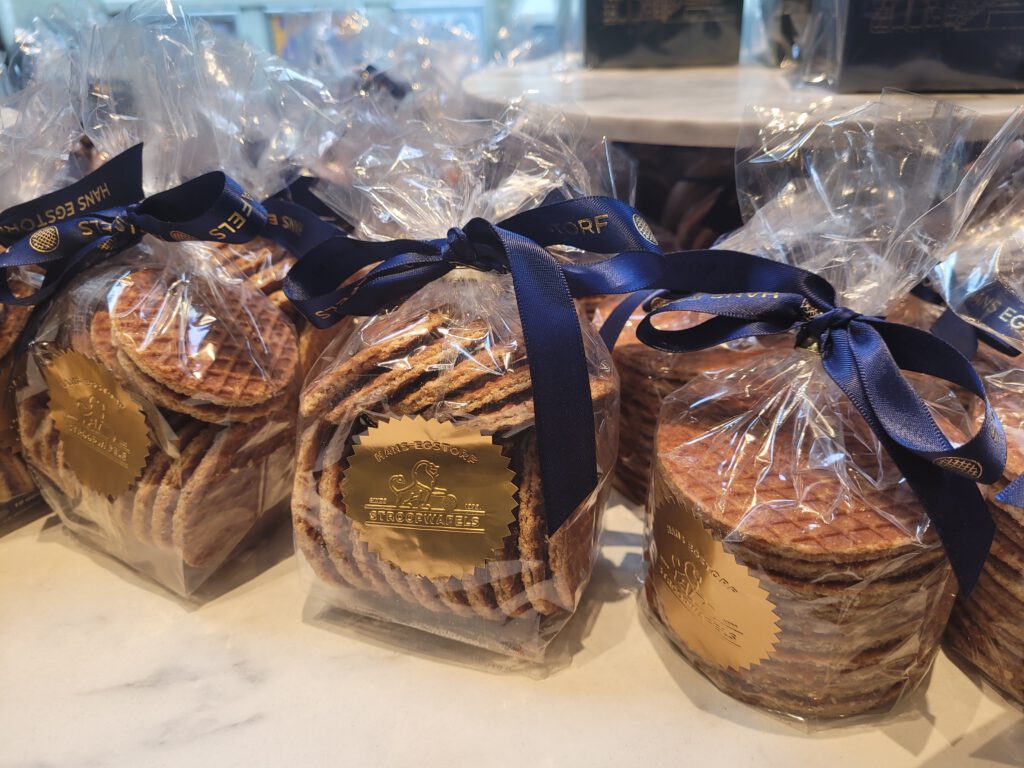
Apart from the beautiful store, a few differences can be noted and would indicate that something is about to happen. You will see equally sized balls of dough waiting to be baked in the waffle iron, a white glove takes one of these balls and places them between the iron plates. In exactly one minute the dough is cooked and an alarm indicates that the waffle is done. Then the waffle is not only sliced open but cropped to be perfectly round, then this the round shape is then filled with a shot of pre-measured caramel filling that is dispensed by a machine set to deliver the perfect amount each and every time. One minute of cooking, a perfect round shape and a pre-calculated amount of caramel. Is this the art of making, or is this art in the making? It means that someone has been standardizing the process to have all stroopwafels come out equally and leave nothing to coincidence.
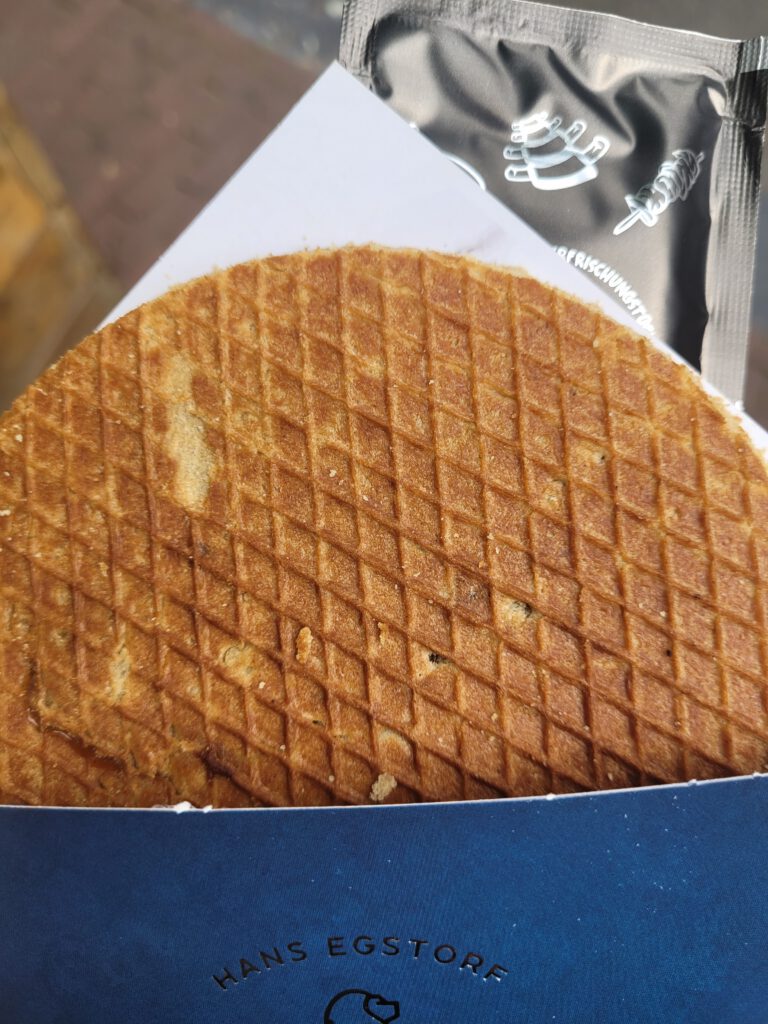
The stroopwafel is served in a beautiful open paper bag and you get a free refreshment napkin. But does the white glove treatment, the additional 80 years of experience and this perfectly standardized process add to the taste? For sure this stroopwafel is an absolute phenomenon, the waffle is crispy and has a beautiful distributed taste with the sweetness of the caramel and the a light sweet yeasty waffle. But how do they compare?
A comparison
Let’s talk about the price setting first, for one stroopwafel at Croissanterie Egstorf you could have bought three stroopwafels at Rudi’s, and for the price of one stroopwafel at Rudi’s you could have bought a pack of 10 in the supermarket. This makes the positioning of the stroopwafels from Rudi’s a treat you buy for yourself and your beloved ones after a day of walking around in the markets. In comparison the price setting of Egstorf is a treat that you would get yourself as a one-time addition to your trip to Amsterdam, in fact it may even justify a trip to Amsterdam.
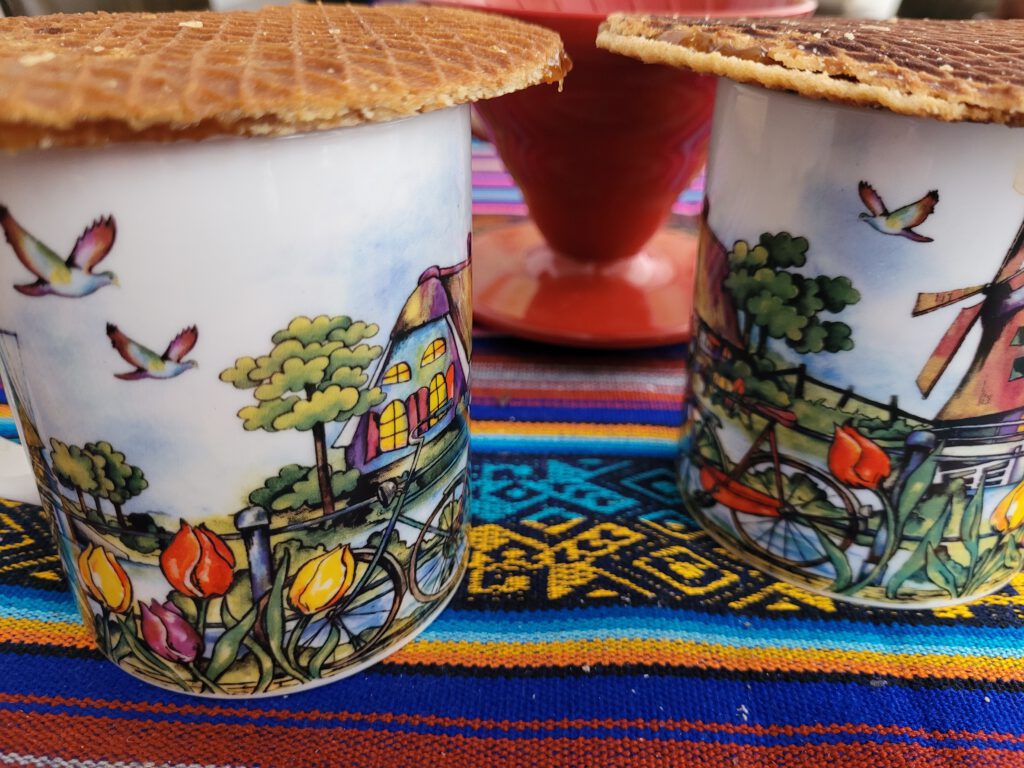
In optical comparison the stroopwafels from Rudi’s show absolute handcraft, the imperfection of the waffle reveals that it is handmade and a stroopwafel love has been spread on the waffles on a typical Amsterdam market. The stroopwafels from Egstorf are made to be presented at a royal banquet, where every single stroopwafel is made to look perfect with an evenly distributed color and perfect round shape, a taste that does not distinct one from eachother.
But how would these waffles compare if you did not know about their price and you did not care what they look like or where they are from? Without a doubt both stroopwafels have an absolute classic flavor, a yeasty waffle and a sweet stuffing. None of these stroopwafels go over their limits and they respect the traditional ingredients, taste and the boundaries of sweetness. Yet the stroopwafel of Egstorf must be the one classified as superior and this has nothing to do with the white glove treatment. One can tell that the production process is standardized for a reason and must be the result of experimenting and tweaking. The covering waffle is crisp and the sweetness of the caramel blends in perfectly with sweet buttery and yeasty tones that can be experienced from the first bite. Rudi’s stroopwafel has a great bite, yet not that delicious crisp, and the taste of the caramel blends in differently, almost like you have to wait for it.
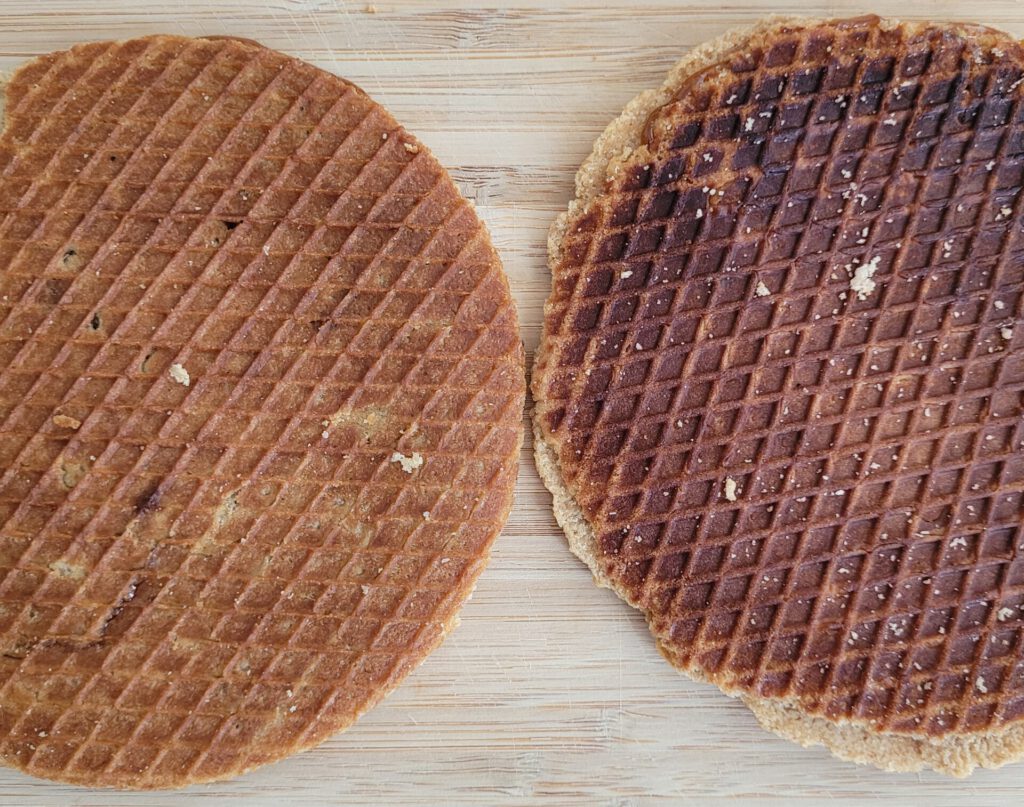
What to pick
Fair and square anyone will love a freshly made stroopwafel from the market and Rudi’s stroopwafels is one of the best in its kind and it’s a true Goliath on its own. Yet and this is purely based on a direct comparison there is a bigger Goliath. The stroopwafels from Egstorf do stand out as this is what probably comes closest to what is a perfect stroopwafel. It would probably even be better if the staff from Rudi’s made it, simply because they didn’t punch any holes in the waffle when slicing it open. But should you get the Egstorf stroopwafel? This depends on how you look at it, if you really want to eat a truly amazing stroopwafel and you don’t care about its price, then yes go for it. But is it worth holding a stroopwafel of this category while walking in the streets? This stroopwafel does deserve a better treatment, it deserves a table, golden cutlery, and a cup of freshly brewed coffee. It deserves a spring day with the sound of whistling birds. To be honest this stroopwafel is not the one that lives in the memories of childhood of the Dutch people but in the perfect conditions something you should give a try.
